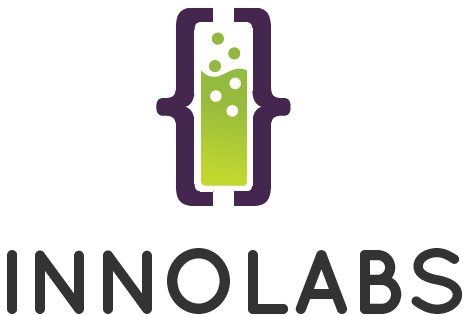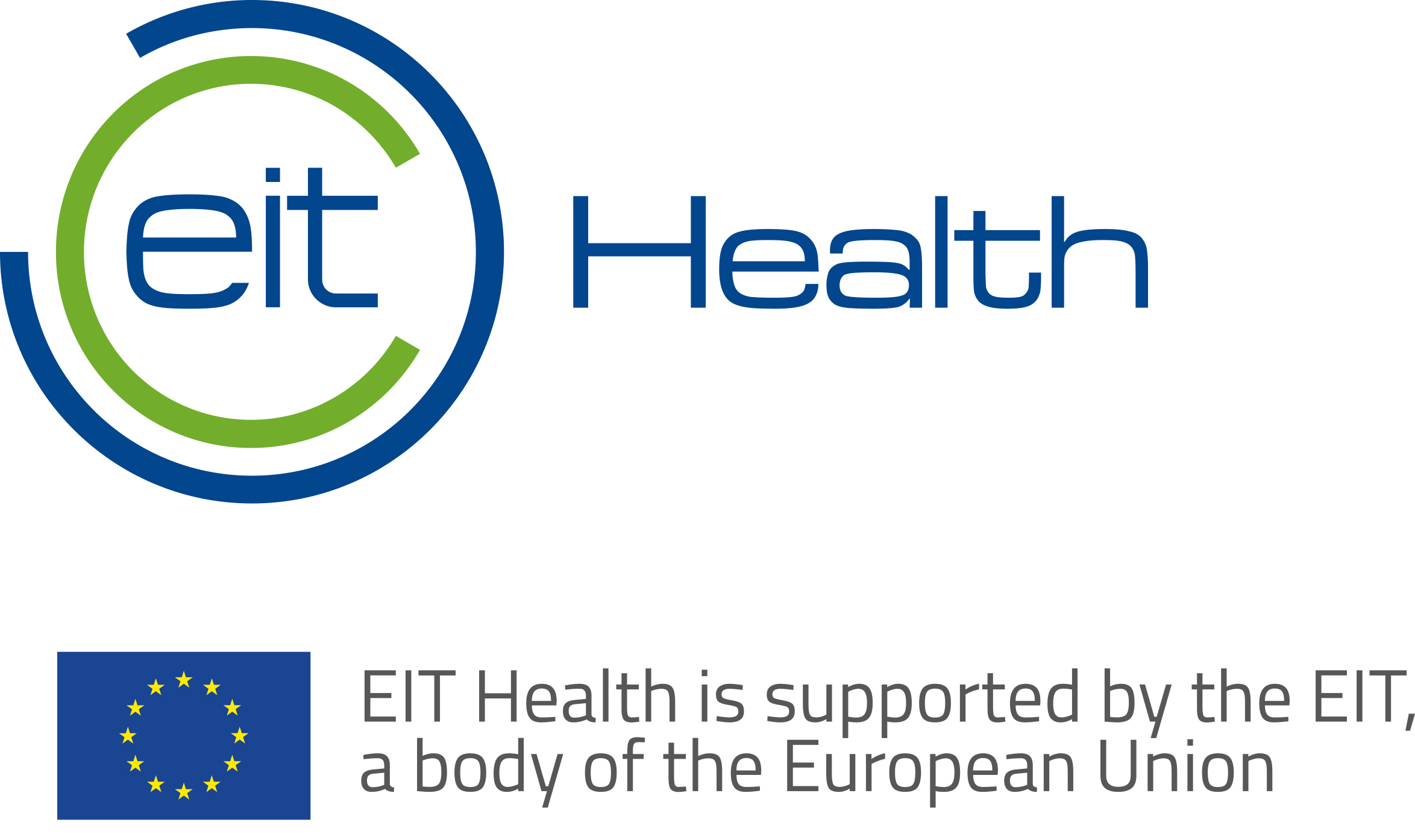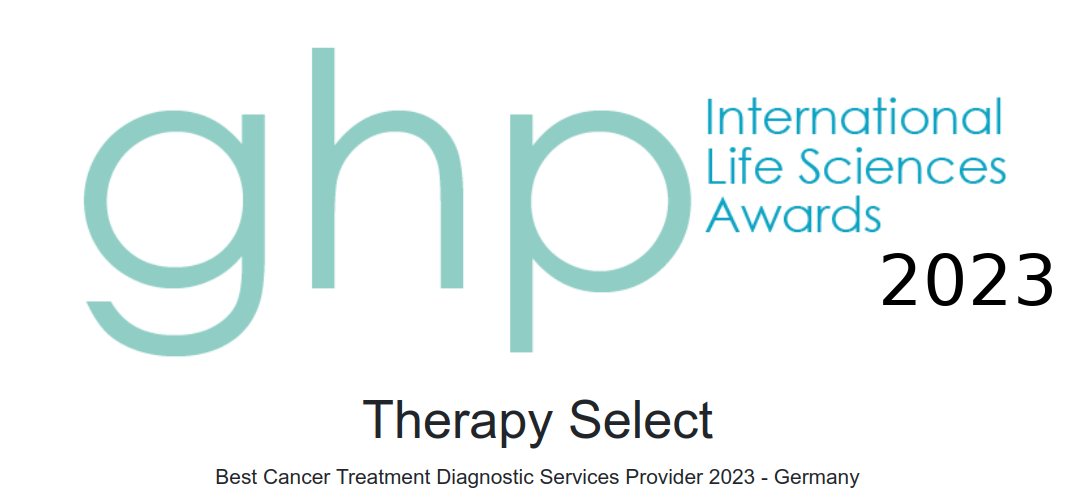Find Effective Drugs before Starting the Therapy!
No two cancer therapies are the same!
There is a wide range of different drugs which can be applied in treatment of bladder cancer. This treatment includes classical chemotherapeutic substances, yet also immunotherapeutics are used. Which medication should be prescribed depends on different factors, e.g. the cancer stage and the general condition of the patient. In order to choose the right therapy there are medical guidelines for physicians. However, in some situations the guidelines do not give clear recommendations and propose equivalent treatment options.
Diagnostic assays can help to identify effective and ineffective drugs before the start of a therapy. The available spectrum of therapeutics can thereby be limited on the most promising substances. Our diagnostics contribute avoidance of unnecessary side effects as a consequence of an ineffective therapy and save valuable treatment time. Therefore we offer the following diagnostic tests:
- CTR-Test® - An efficacy test working on living tumor cells
- PCDx™ - A tumor-biomarker-analysis working on non-living, conserved tumor cells
- Guardant360® - A tumor-biomarker-analysis working with blood
Guidelines for the Treatment of Bladder Cancer
Hereafter you can find an overview about guideline-recommendations, which are elaborated by medical specialist associations:
There are two different sub-types of bladder cancer to be distinguished: muscle invasive and non-muscle invasive bladder cancer. A muscle invasive tumor has already reached the muscle layer of the bladder wall. Therapy options vary depending on the cancer type.
Furthermore it has to be determined if the tumor metastasizes or not.
A second-line therapy is a therapy which is applied in case of an ineffective first-line therapy.
| non-muscle invasive bladder cancer | postoperative chemotherapy-instillation | epirubicin |
| mitomycin C | ||
| thiotepa | ||
| pirarubicin | ||
| low-risk tumors (EORTC) | after operation no further chemotherapy | |
| intermediate-risk tumors (EORTC) | adjuvant chemotherapy-instillation | |
| adjuvant instillation-therapy with Bacillus Calmette-Guerin vaccine (BCG) | ||
| high-risk tumors (EORTC) | adjuvant instillation-therapy with Bacillus Calmette-Guerin vaccine (BCG) | |
| second-line therapy | gemcitabine | |
| muscle invasive bladder cancer | combination therapies containing cisplatin e.g. MVAC | |
| 5-fluorouracil + mitomycin C | ||
| metastatic and/or advanced bladder cancer | chemotherapy containing cisplatin | cisplatin + gemcitabine |
| methotrexate + vinblastine + doxorubicin + cisplatin (MVAC) | ||
| chemotherapy without cisplatin | gemcitabine + carboplatin | |
| monochemotherapy | ||
| second-line therapy | vinflunine | |
| therapies containing platin | ||
| gemcitabine and/or paclitaxel |
This table is based on the "S3-Leitlinie Früherkennung, Diagnose, Therapie und Nachsorge des Harnblasenkarzinoms", issued by the Association of the Scientific Medical Societies in Germany (Arbeitsgemeinschaft der Wissenschaftlichen Medizinischen Fachgesellschaften e.V., AWMF), the German Cancer Society (Deutsche Krebsgesellschaft, DKG) and the German Society of Urology (Deutsche Gesellschaft für Urologie, DGU). [1]
Efficacy Tests of Drugs for Bladder Cancer
Which drugs can be tested in their efficacy by our diagnostic tests? The following tables give you information on the substances recommended by the guidelines, but also about further drugs which can be found as additional treatment options in literature. These substances are classified in the following categories:
In addition the frequently used combination therapies are listed below.
The testabilities for the CTR-Test® and the PCDx™ are also given.
Chemotherapeutics
| Substance name | Efficacy testable by living tumor & blood (living cells) | Efficacy testable by archived tumor (FFPE) | Efficacy testable by blood (plasma) | Reference |
|---|---|---|---|---|
| carboplatin | yes | yes | yes | [1] |
| cisplatin | yes | yes | yes | [1], [2] |
| doxorubicin | yes | yes | not yet | [1], [2] |
| epirubicin | yes | yes | not yet | [1] |
| gemcitabine | yes | yes | not yet | [1] |
| methotrexate | no | not yet | not yet | [1], [2] |
| mitomycin C | yes | yes | not yet | [1] |
| paclitaxel | yes | yes | not yet | [1] |
| pirarubicin | no validation yet | no biomarkers yet | not yet | [1] |
| thiotepa | no validation yet | no biomarkers yet | not yet | [1] |
| vinblastine | yes | no biomarkers yet | not yet | [1], [2] |
| vinflunine | no validation yet | no biomarkers yet | not yet | [1], [2] |
Immunotherapeutics
| Substance name | Efficacy testable by living tumor & blood (living cells) | Efficacy testable by archived tumor (FFPE) | Efficacy testable by blood (plasma) | Reference |
|---|---|---|---|---|
| Bacillus Calmette-Guerin vaccine (BCG) | no | no biomarkers yet | not yet | [1] |
Frequently Used Combination Therapies
| Substance name | Reference |
|---|---|
| 5-fluorouracil + mitomycin C | [1] |
| carboplatin + gemcitabine | [1] |
| cisplatin + doxorubicin + methotrexate + vinblastine (MVAC) | [1], [2] |
| cisplatin + gemcitabine | [1] |
| gemcitabine + paclitaxel | [1] |
The drugs listed here were identified as potential therapy options after an accurate literature research. Completeness cannot be guaranteed.
Status: September 2016.
Sources



